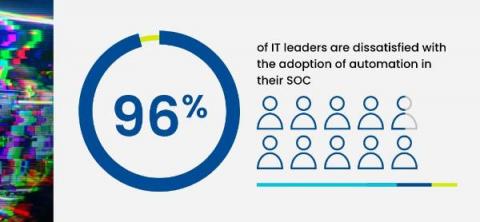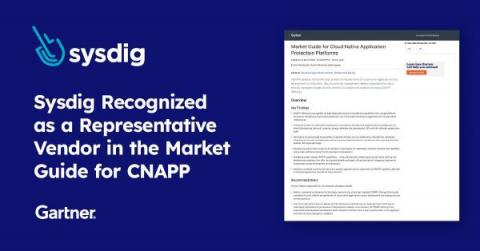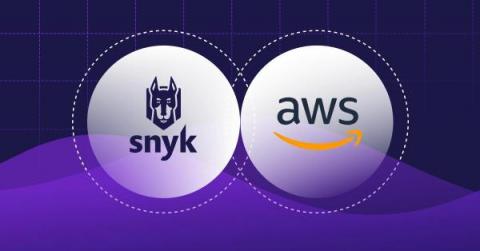Key Security AI Adoption Trends for 2023
It’s hard to go a day without some headline touting how generative AI is transforming the future of work. And this sentiment certainly rings true in the security industry as security operations centers (SOCs) continue to mature their security posture with automation so that they can protect their enterprise and customer data. But how are leaders and teams feeling about the progress of AI adoption and how the tools are being used?











